

Articles
How Much Has Electrical Wire Gone Up
Modified: September 2, 2024
Get the latest updates on electrical wire prices and discover how much they have increased in recent years. Read more articles on the topic today!
(Many of the links in this article redirect to a specific reviewed product. Your purchase of these products through affiliate links helps to generate commission for Storables.com, at no extra cost. Learn more)
Introduction
Electrical wire plays a vital role in our modern world, serving as the backbone of our electrical infrastructure. From powering our homes and businesses to enabling communication and innovation, electrical wire is an essential component of our daily lives.
However, like many other commodities, the price of electrical wire has experienced fluctuations over the years. Understanding the factors influencing these price changes, as well as the current market trends, is crucial for consumers, businesses, and industry professionals alike.
In this article, we will delve into the factors affecting the price of electrical wire, explore the historical price trends, examine the current market prices, analyze the impact of supply and demand, and provide insights into the future outlook for electrical wire prices.
So, let’s dive in and explore the fascinating world of electrical wire prices, and gain a better understanding of the factors driving their fluctuations.
Key Takeaways:
- Electrical wire prices are influenced by raw material costs, energy expenses, currency exchange rates, market competition, regulatory changes, and labor costs. Understanding these factors is crucial for informed purchasing decisions.
- Historical trends, current market prices, and future outlook all play a role in understanding electrical wire prices. Staying informed and adaptable is key to navigating this dynamic industry.
Read more: How To Wire Up Electric Motor
Factors Affecting the Price of Electrical Wire
Several key factors contribute to the price fluctuations of electrical wire. It’s important to consider these factors when analyzing the cost of electrical wire and understanding the reasons behind price changes.
1. Raw Material Costs: One of the primary factors influencing the price of electrical wire is the cost of raw materials used in its manufacturing. Copper and aluminum are the most commonly used conductive materials in electrical wire production. Fluctuations in the prices of these metals, driven by global supply and demand dynamics, can significantly impact the cost of electrical wire.
2. Energy and Fuel Costs: Another significant factor affecting electrical wire prices is the cost of energy and fuel needed for wire manufacturing processes. Energy-intensive processes, such as smelting and refining metals, can be greatly influenced by fluctuations in energy prices. Any changes in energy costs can have a direct impact on the overall production and transportation expenses, which ultimately affect the price of electrical wire.
3. Currency Exchange Rates: Electrical wire is a global commodity, with materials sourced and manufactured in various countries. Exchange rates between currencies can impact the cost of importing or exporting wire materials and finished products. Currency fluctuations can influence the overall production costs, thereby impacting the price of electrical wire in the market.
4. Market Competition: The level of competition within the electrical wire industry can also influence its pricing. When there is a high level of competition among manufacturers, it can lead to price wars and drive down the cost of electrical wire. Conversely, limited competition can result in higher prices as manufacturers have more pricing power.
5. Regulatory Changes: Any changes in government regulations and industry standards can also impact the price of electrical wire. For example, stricter environmental regulations may require manufacturers to invest in new equipment or processes, which can increase production costs and, in turn, lead to higher prices for electrical wire.
6. Labor Costs: The cost of labor plays a significant role in determining the price of electrical wire. Wages, benefits, and labor laws can vary across regions and countries, influencing overall production costs. Higher labor costs can lead to an increase in the price of electrical wire.
It is essential to consider these factors when assessing the price of electrical wire. By understanding the dynamics of these variables, consumers and industry professionals can make informed decisions when purchasing or pricing electrical wire.
Historical Price Trends of Electrical Wire
Over the years, the price of electrical wire has experienced various trends, influenced by a combination of factors such as raw material costs, market demand, and economic conditions.
In general, the price of electrical wire has shown an upward trend, reflecting the rising costs of raw materials and the increasing demand for electricity in industries, residential, and commercial sectors. However, there have been periods of volatility and fluctuations along the way.
During the early 2000s, the price of copper, a primary raw material for electrical wire production, experienced a significant increase due to growing demand from emerging economies, particularly China. This boom in copper prices led to a corresponding rise in the cost of electrical wire, as manufacturers passed on the increased material costs to consumers.
However, the global financial crisis in 2008 had a significant impact on the electrical wire industry. The demand for electrical wire saw a sharp decline as construction and infrastructure projects slowed down. This resulted in a temporary decrease in prices as manufacturers faced excess supply and reduced demand.
In the years following the financial crisis, as the global economy recovered and construction projects resumed, the demand for electrical wire began to pick up again. The price of copper and other raw materials also rebounded, contributing to an overall increase in the cost of electrical wire.
Furthermore, advancements in technology and the emergence of renewable energy sources have had implications for the electrical wire market. The demand for specialized wire for solar and wind energy systems has seen a notable increase, leading to a surge in prices for these specific types of wire.
Additionally, the increasing emphasis on energy efficiency and environmental sustainability has led to the development of more expensive, but more efficient, electrical wire. These higher-performance wires come at a premium and have contributed to price increases in certain segments of the market.
It is important to note that, while there have been overall upward trends in the price of electrical wire, market forces and global dynamics can cause short-term fluctuations. Factors such as changes in supply and demand, geopolitical events, and economic conditions can all impact the price trajectory of electrical wire.
Understanding the historical price trends of electrical wire can provide valuable insights for consumers and industry professionals, allowing them to anticipate and plan for potential price changes in the future.
Current Market Prices of Electrical Wire
The current market prices of electrical wire vary depending on several factors such as the type of wire, gauge, length, and the region or supplier from which it is purchased. It is important to note that prices can fluctuate over time due to changes in raw material costs, market dynamics, and other influencing factors.
The most commonly used electrical wire materials are copper and aluminum, each with its own price range. Copper wire is known for its high conductivity and durability, making it an ideal choice for electrical applications. However, it tends to be more expensive compared to aluminum wire. Aluminum wire, on the other hand, offers cost savings while still providing adequate conductivity and is often used in larger electrical installations.
When it comes to gauges, the price of electrical wire typically increases with thicker gauges. Thicker wires have a larger cross-sectional area and are capable of carrying higher current loads, making them more expensive due to the higher amount of raw material required.
In terms of pricing by length, electrical wire is often sold in standardized spools or coils, typically ranging from 25 feet to 1000 feet. The longer the length of the wire, the higher the overall cost. Additionally, specialized or custom-made wires may command a higher price due to specific requirements and manufacturing processes involved.
Regional factors can also influence market prices. Electrical wire prices may vary between countries due to differences in manufacturing costs, tariffs, taxes, and regulations. Additionally, the presence of local suppliers and competition within a specific region can impact prices.
As of [DATE], here is a general range of prices for common types of electrical wire:
- – 14 gauge copper electrical wire: $0.40 to $0.60 per foot
- – 12 gauge copper electrical wire: $0.50 to $0.70 per foot
- – 10 gauge copper electrical wire: $0.70 to $0.90 per foot
- – 14 gauge aluminum electrical wire: $0.30 to $0.45 per foot
- – 12 gauge aluminum electrical wire: $0.40 to $0.55 per foot
- – 10 gauge aluminum electrical wire: $0.50 to $0.65 per foot
These prices are indicative and may vary depending on the specific supplier, location, and market conditions. It is always recommended to obtain quotes from multiple sources to ensure the best price and quality for your electrical wire needs.
Additionally, it is important to consider the reputation and reliability of the supplier, as well as the compliance of the wire with relevant safety standards and industry regulations.
As the electrical wire market is subject to constant fluctuations, it is wise to stay updated with the latest pricing information and consult with experts or trusted suppliers to obtain accurate and current market prices.
Consider purchasing electrical wire in bulk to take advantage of volume discounts. Additionally, compare prices from different suppliers to ensure you are getting the best deal.
Impact of Supply and Demand on Electrical Wire Prices
The interplay between supply and demand is a significant factor in determining the price of electrical wire. Changes in either supply or demand can influence the overall market dynamics and subsequently impact prices.
1. Supply Factors: The availability of raw materials, manufacturing capabilities, and the number of wire manufacturers in the market all contribute to the supply of electrical wire. If the supply of wire is limited due to any of these factors, it can lead to price increases. For example, if there is a shortage of copper, one of the primary materials used in electrical wire production, manufacturers may have to pay higher prices for the raw material, causing them to increase the price of the finished wire. Similarly, if there are fewer manufacturers in the market, they have more pricing power, allowing them to set higher prices.
2. Demand Factors: The demand for electrical wire is primarily driven by construction projects, infrastructure development, industrial activities, and residential and commercial wiring needs. If there is a surge in construction or infrastructure projects, there will be an increased demand for electrical wire, potentially leading to higher prices due to the limited availability of supply. Conversely, if the overall demand for electrical wire decreases, such as during an economic downturn or a slowdown in construction projects, it can result in a decrease in prices as manufacturers compete to attract customers.
3. Seasonal Variations: The demand for electrical wire can also be influenced by seasonal variations. For instance, there is usually a higher demand for wire during the summer months when construction activity is at its peak, leading to a potential increase in prices. Similarly, during holiday periods or colder months, when construction and renovation projects may slow down, the demand for wire may decrease, possibly causing prices to decline.
4. Global Economic Factors: Global economic conditions can also impact the supply and demand dynamics of electrical wire. Factors such as overall economic growth, inflation rates, and currency fluctuations can influence the pricing of electrical wire. For example, during periods of economic growth, there is typically an increased demand for construction and infrastructure projects, resulting in higher demand for electrical wire and potential price increases.
It is important to note that the impact of supply and demand on electrical wire prices is not linear. Various factors can create complex dynamics that contribute to price fluctuations. Additionally, the long production lead times and inventory management practices within the wire industry can also impact the immediate responsiveness of prices to changes in supply and demand.
As a consumer or industry professional, it is crucial to stay informed about market trends, monitor the availability of raw materials, and assess the demand for electrical wire to make informed decisions about timing purchases or negotiating prices.
By understanding the impact of supply and demand on electrical wire prices, individuals and businesses can navigate the market more strategically, assess pricing risks, and identify opportunities to optimize their wire procurement strategies.
Read more: What Type Of Electrical Cord Has Copper Wire
Future Outlook for Electrical Wire Prices
As with any commodity, predicting the future outlook of electrical wire prices involves considering a multitude of factors, including raw material costs, market trends, technological advancements, and global economic conditions. While it is challenging to provide precise forecasts, it is possible to identify a few key trends that may shape the future of electrical wire prices.
1. Fluctuating Raw Material Costs: The price of electrical wire is heavily influenced by the costs of raw materials, particularly copper and aluminum. These metals are subject to global supply and demand dynamics, which can lead to price volatility. Factors such as geopolitical events, trade policies, and environmental regulations can contribute to fluctuations in raw material costs. Keeping an eye on these factors can provide insights into potential price changes in the future.
2. Renewable Energy Development: The growing focus on renewable energy sources, such as solar and wind power, is expected to impact the demand for specialized electrical wire. The adoption of these technologies may drive up the demand for specific types of wire, leading to potential price increases. Additionally, advancements in energy storage technologies and electric vehicle infrastructure may also influence the demand for electrical wire in the future.
3. Technological Advancements: The ongoing advancements in wire manufacturing techniques and materials may affect future electrical wire prices. For example, the development of new manufacturing processes that reduce material waste and improve efficiency could potentially lead to cost savings and potentially offset price increases caused by other factors. Similarly, the introduction of innovative materials with improved performance and conductivity may impact the price and demand for specific types of electrical wire.
4. Infrastructure Investment: Government investments in infrastructure projects, such as transportation, telecommunications, and power transmission, can drive the demand for electrical wire. Consider monitoring infrastructure spending plans, as they can provide insights into future opportunities and potential price changes. For example, increasing investments in smart grid technologies and urbanization projects may fuel the demand for electrical wire.
5. Green Initiatives and Regulations: The emphasis on sustainability and energy efficiency is likely to continue influencing the electrical wire industry. Stricter regulations related to energy consumption, emissions, and eco-friendly materials may impact the cost of wire manufacturing, potentially leading to price adjustments. As governments and industries worldwide continue to prioritize environmental considerations, these factors will influence the future pricing trends of electrical wire.
While it is challenging to predict the exact trajectory of electrical wire prices, considering these factors and staying informed about market trends and economic developments can help individuals and businesses make more informed decisions regarding wire procurement, budgeting, and long-term planning.
It is crucial to stay connected with industry experts, keep an eye on relevant news and market reports, and engage in discussions with suppliers to gather insights and anticipate potential price shifts. By understanding the drivers behind future changes in electrical wire prices, stakeholders can position themselves strategically and adapt to market conditions effectively.
Conclusion
Electricity is the lifeblood of our modern society, and electrical wire forms the backbone that connects and powers our infrastructure. Understanding the complexities of electrical wire prices is essential for consumers, businesses, and industry professionals.
In this article, we explored the various factors that influence the price of electrical wire, such as raw material costs, energy expenses, currency exchange rates, market competition, regulatory changes, and labor costs. These factors, along with the interplay of supply and demand, determine the overall pricing dynamics.
By examining historical price trends, we discovered that the cost of electrical wire has generally shown an upward trajectory, driven by factors such as raw material costs and increasing demand for electricity. However, there have been instances of volatility and fluctuations influenced by economic conditions and advancements in technology.
We also delved into the current market prices of electrical wire, considering factors such as material type, gauge, length, and regional variations. While providing general price ranges, it is crucial to note that market conditions and supplier dynamics can impact prices, making it essential to stay informed and compare quotes from multiple sources.
The impact of supply and demand on electrical wire prices, influenced by factors like raw material availability, manufacturing capabilities, construction and infrastructure projects, and global economic conditions, was also explored. These factors can create complex dynamics that contribute to price fluctuations.
Looking ahead, the future outlook for electrical wire prices is influenced by fluctuating raw material costs, renewable energy development, technological advancements, infrastructure investments, and sustainability initiatives. Monitoring these trends can provide valuable insights into potential price changes and help stakeholders make informed decisions.
In conclusion, understanding the factors affecting electrical wire prices, studying historical price trends, analyzing the current market prices, and predicting future outlooks are all essential for navigating the electrical wire industry effectively. By staying informed, consumers, businesses, and industry professionals can strategize their wire procurement, anticipate potential price fluctuations, and make informed decisions that align with their needs and budget.
Remember, the electrical wire industry is dynamic, and staying connected with industry experts and trusted suppliers while keeping an eye on market developments is crucial for success in this ever-evolving field.
Frequently Asked Questions about How Much Has Electrical Wire Gone Up
Was this page helpful?
At Storables.com, we guarantee accurate and reliable information. Our content, validated by Expert Board Contributors, is crafted following stringent Editorial Policies. We're committed to providing you with well-researched, expert-backed insights for all your informational needs.
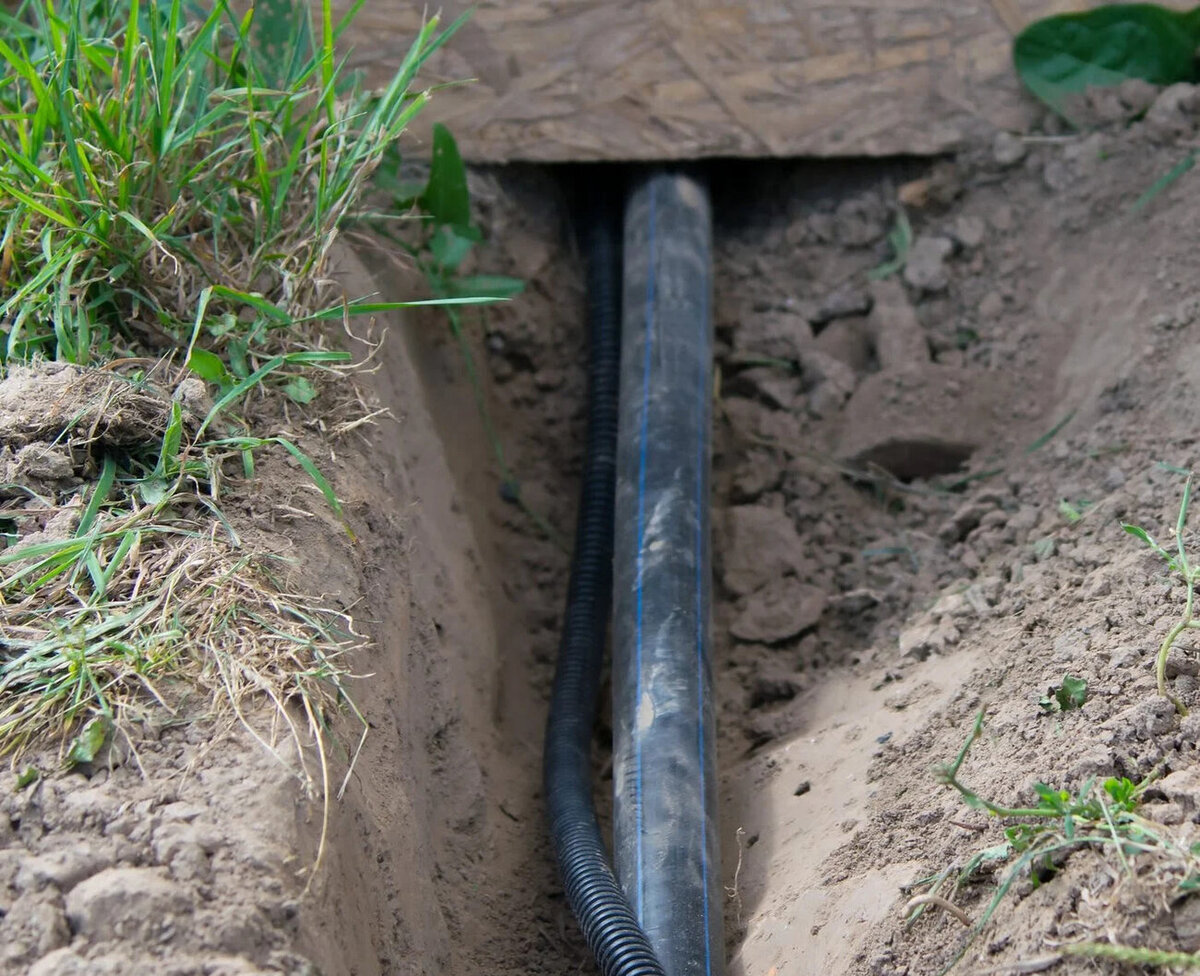
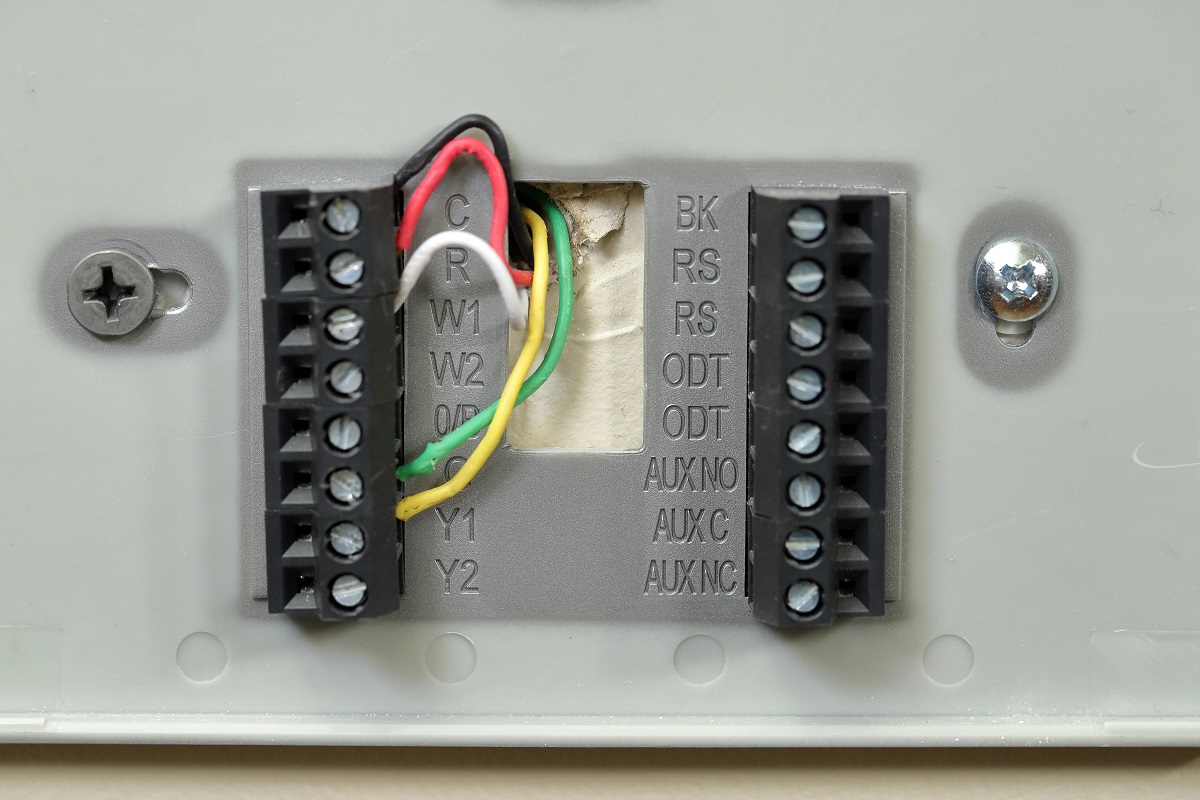


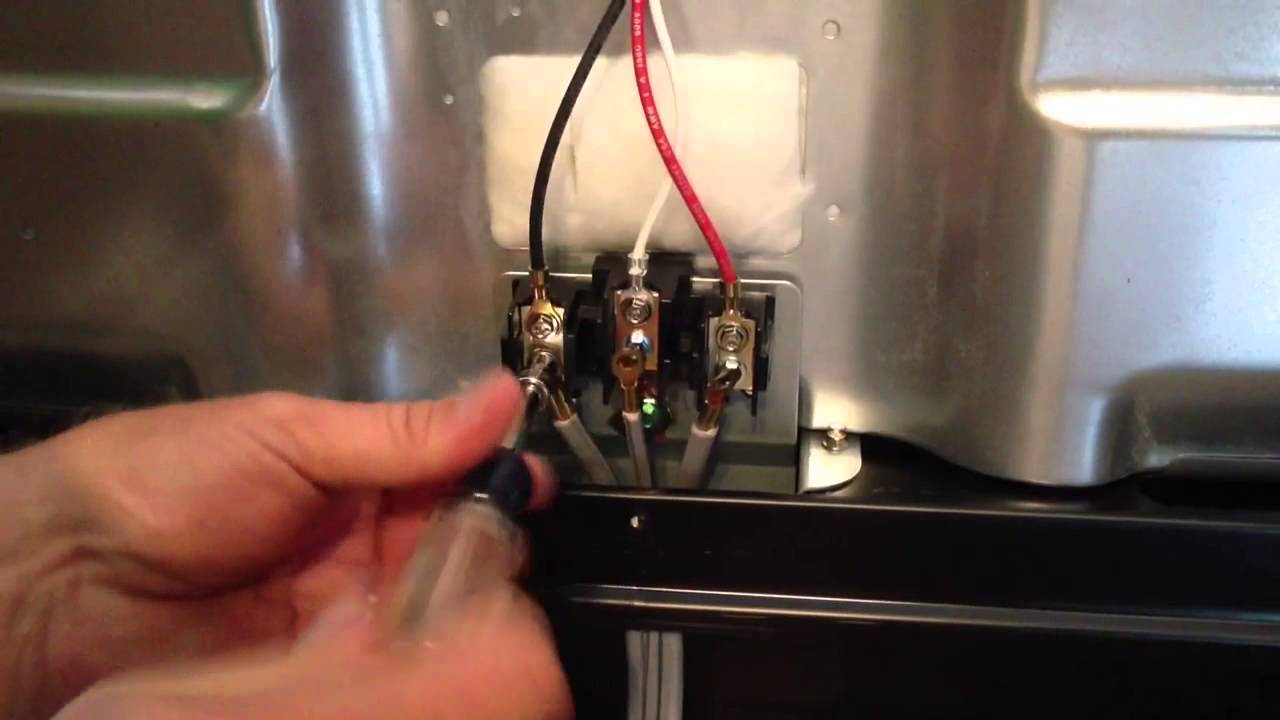
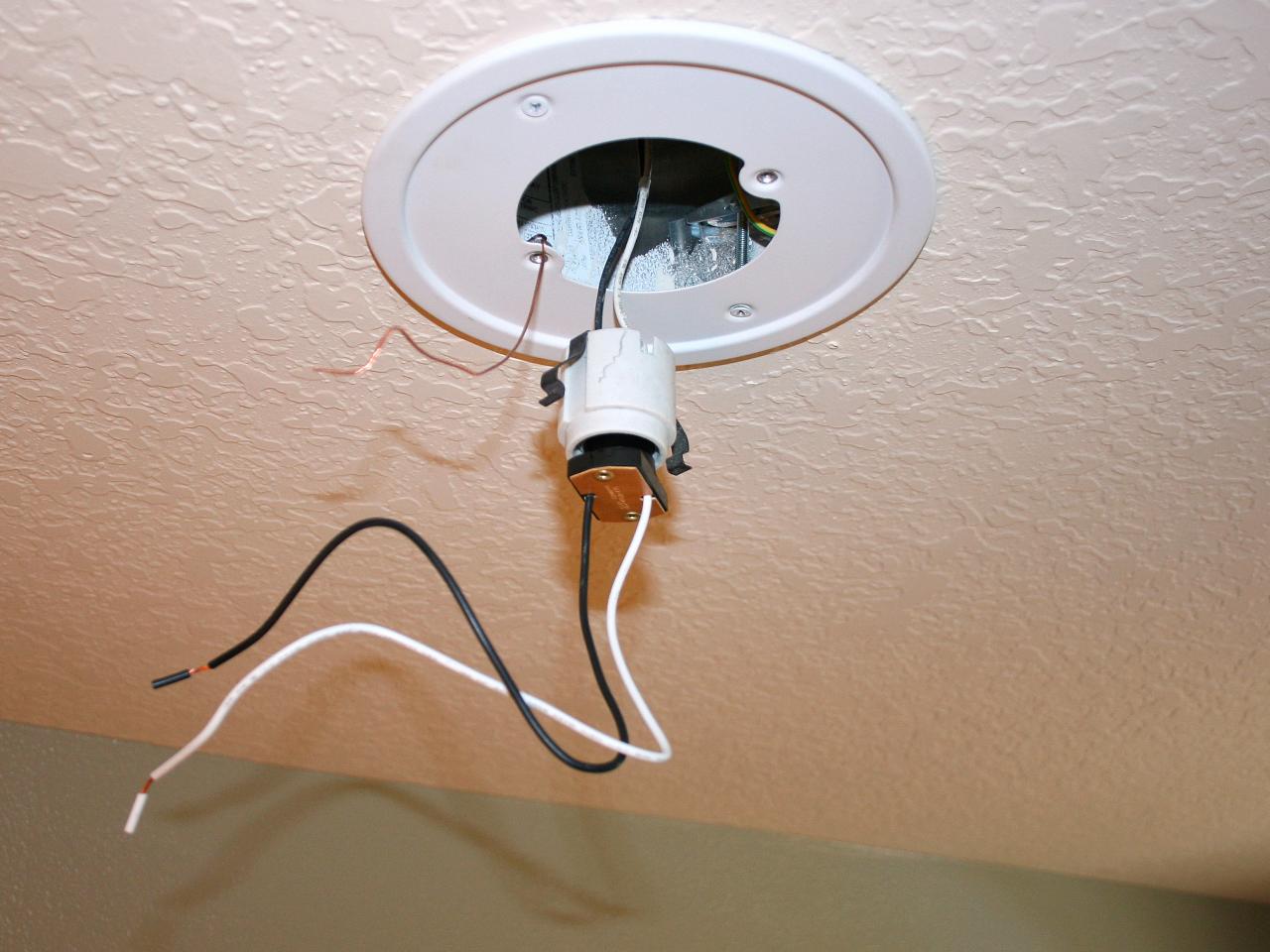
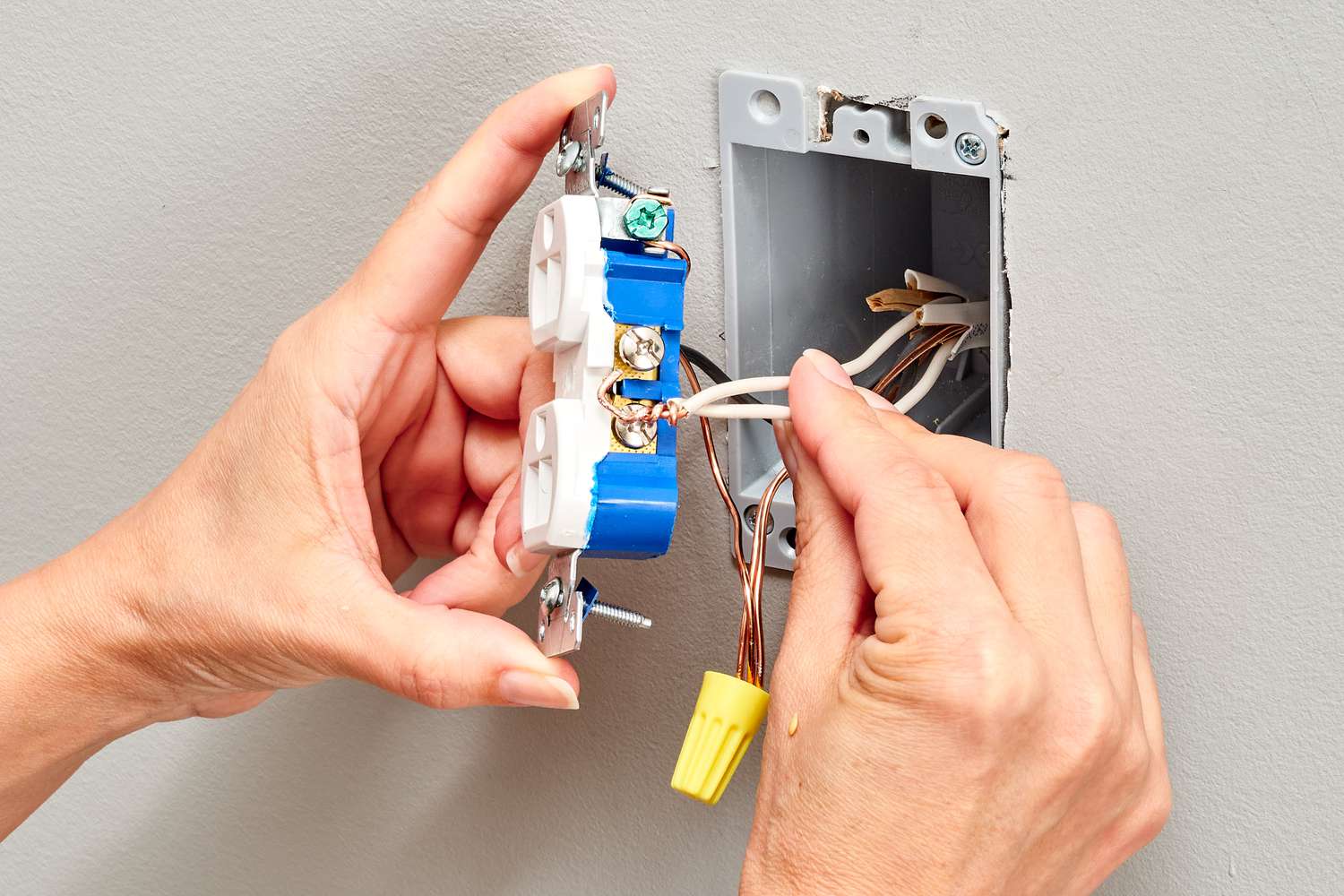
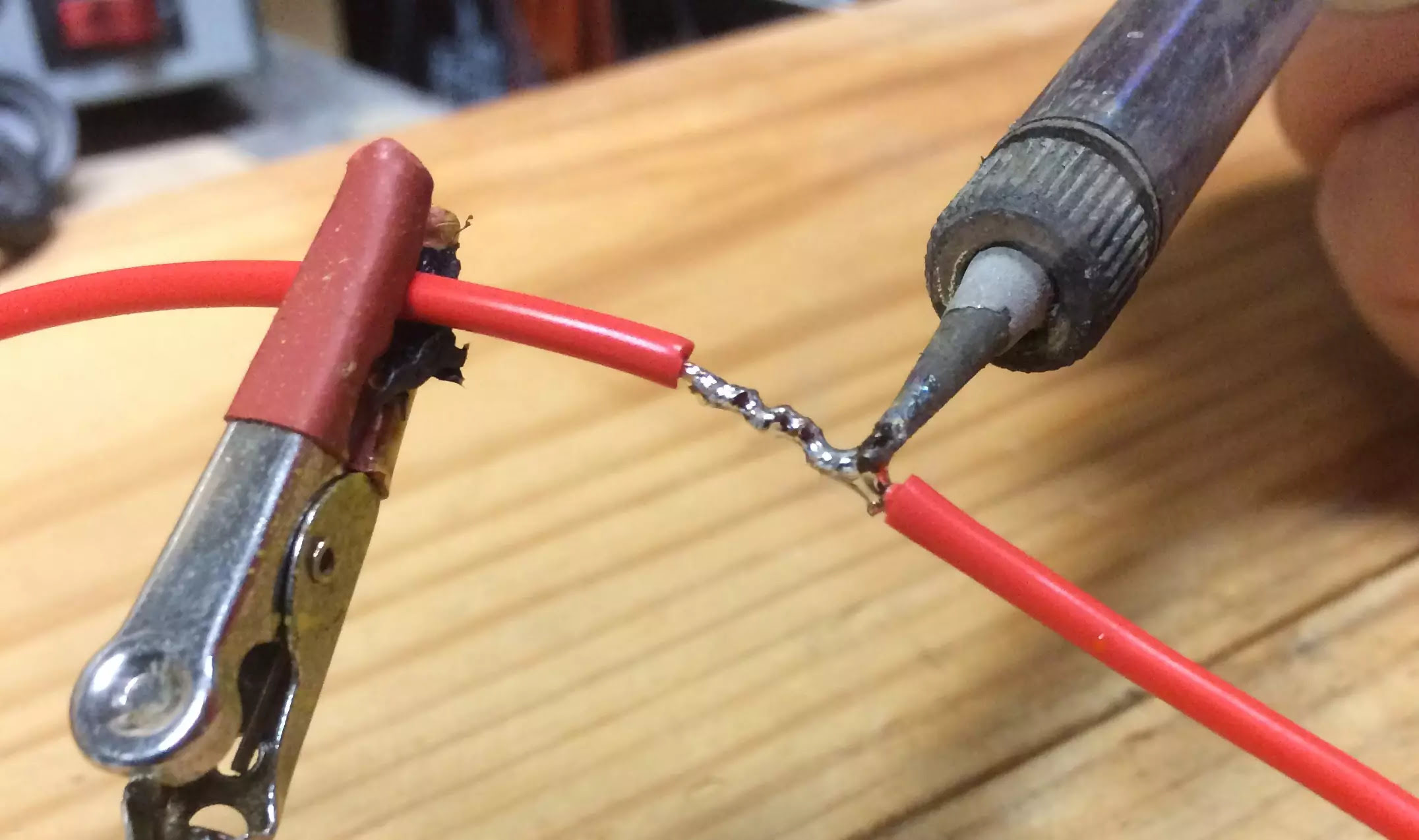


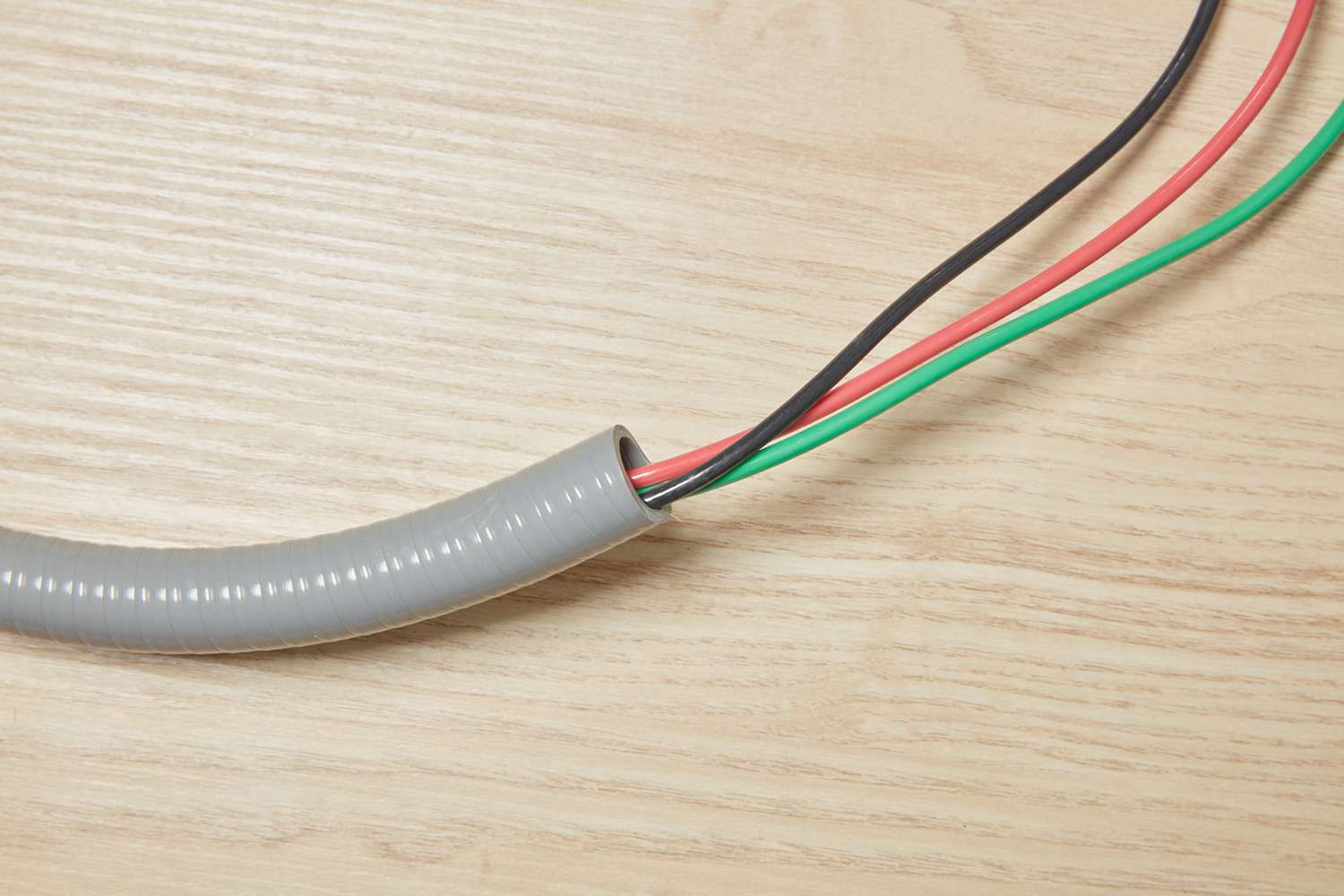
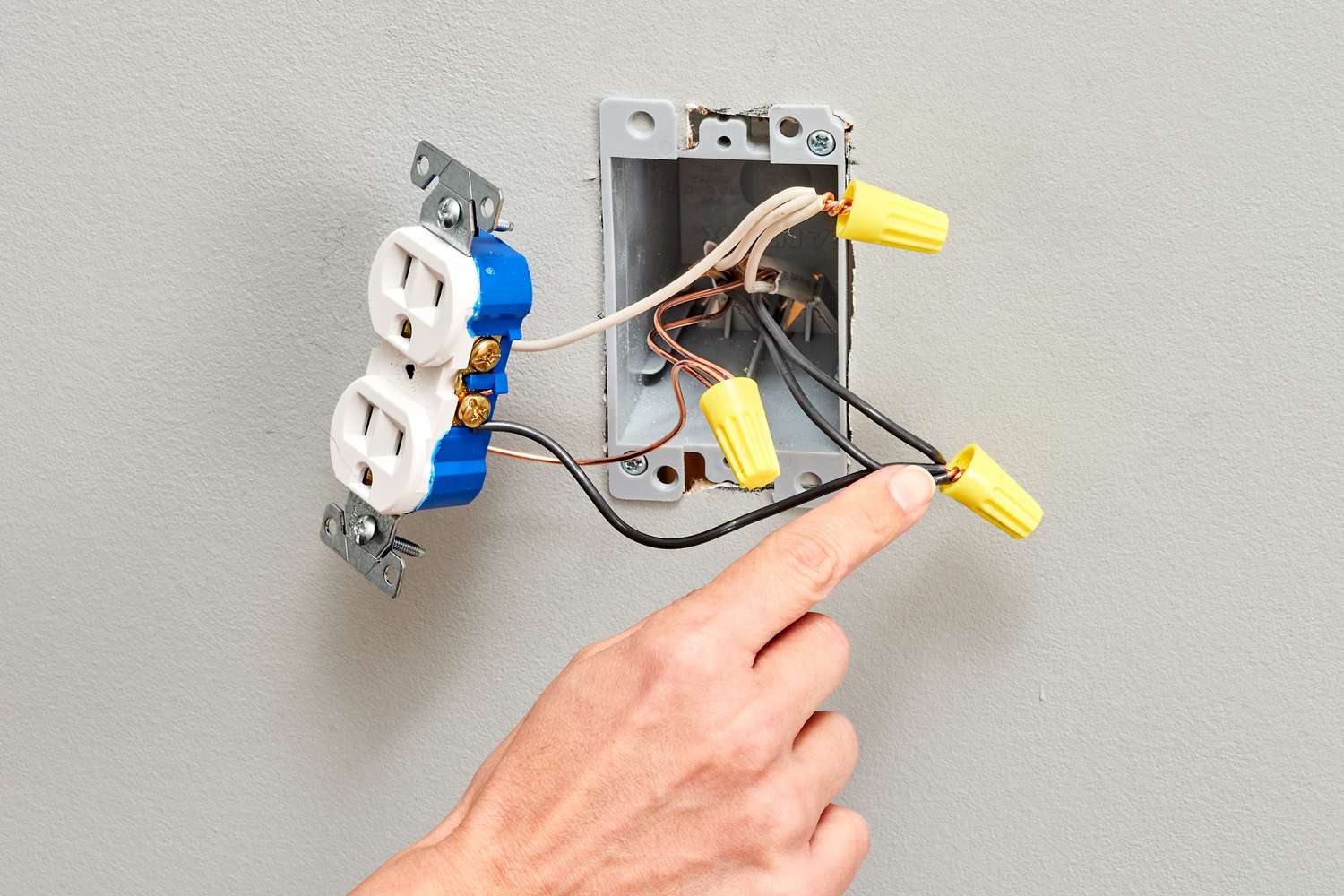



0 thoughts on “How Much Has Electrical Wire Gone Up”